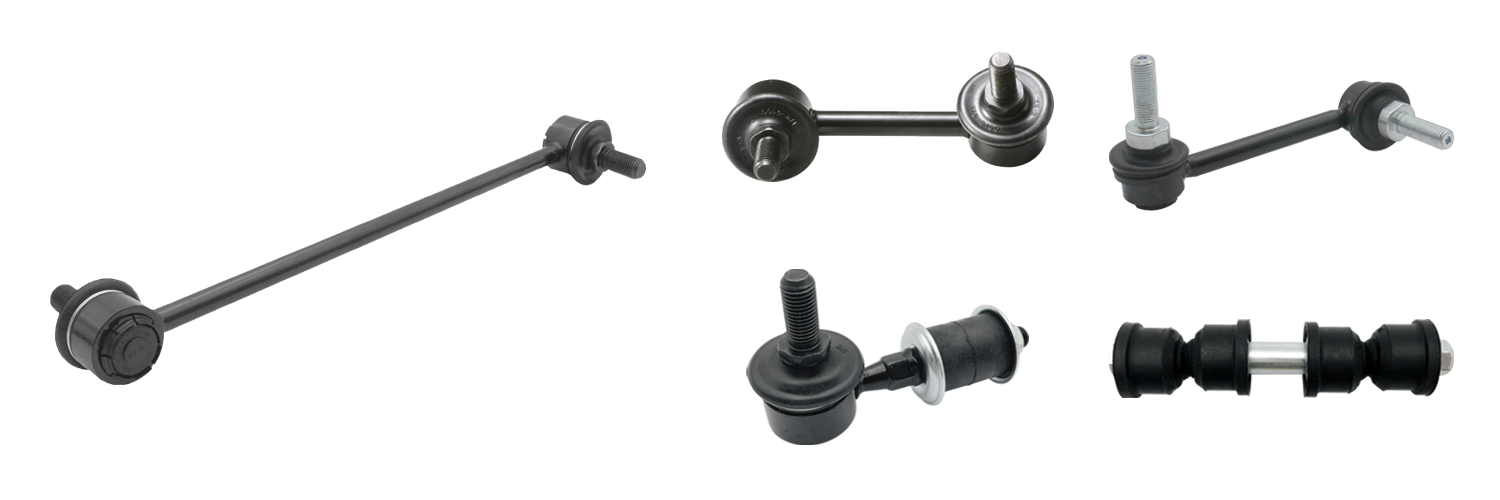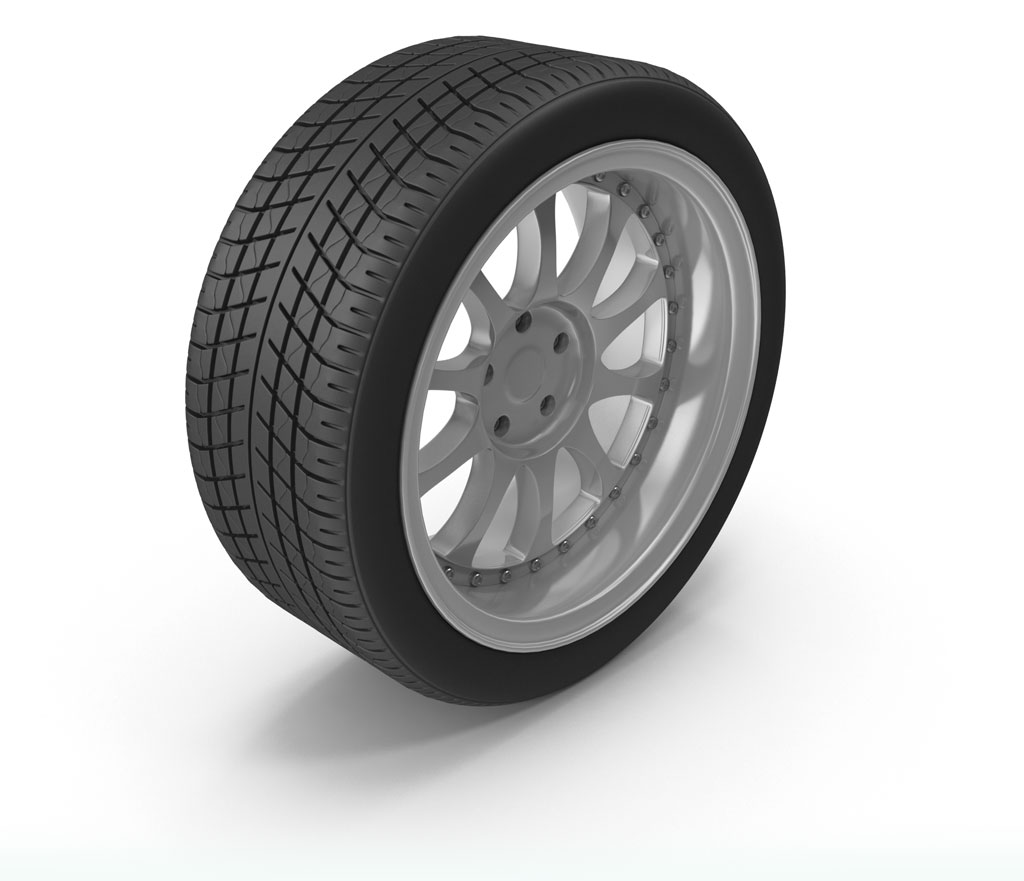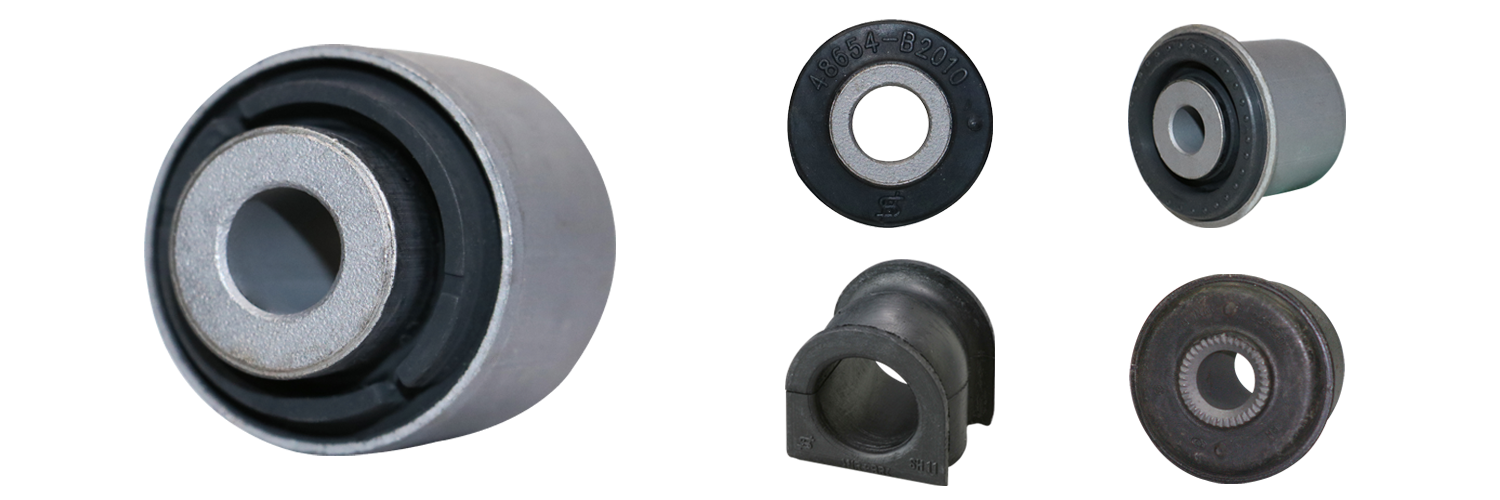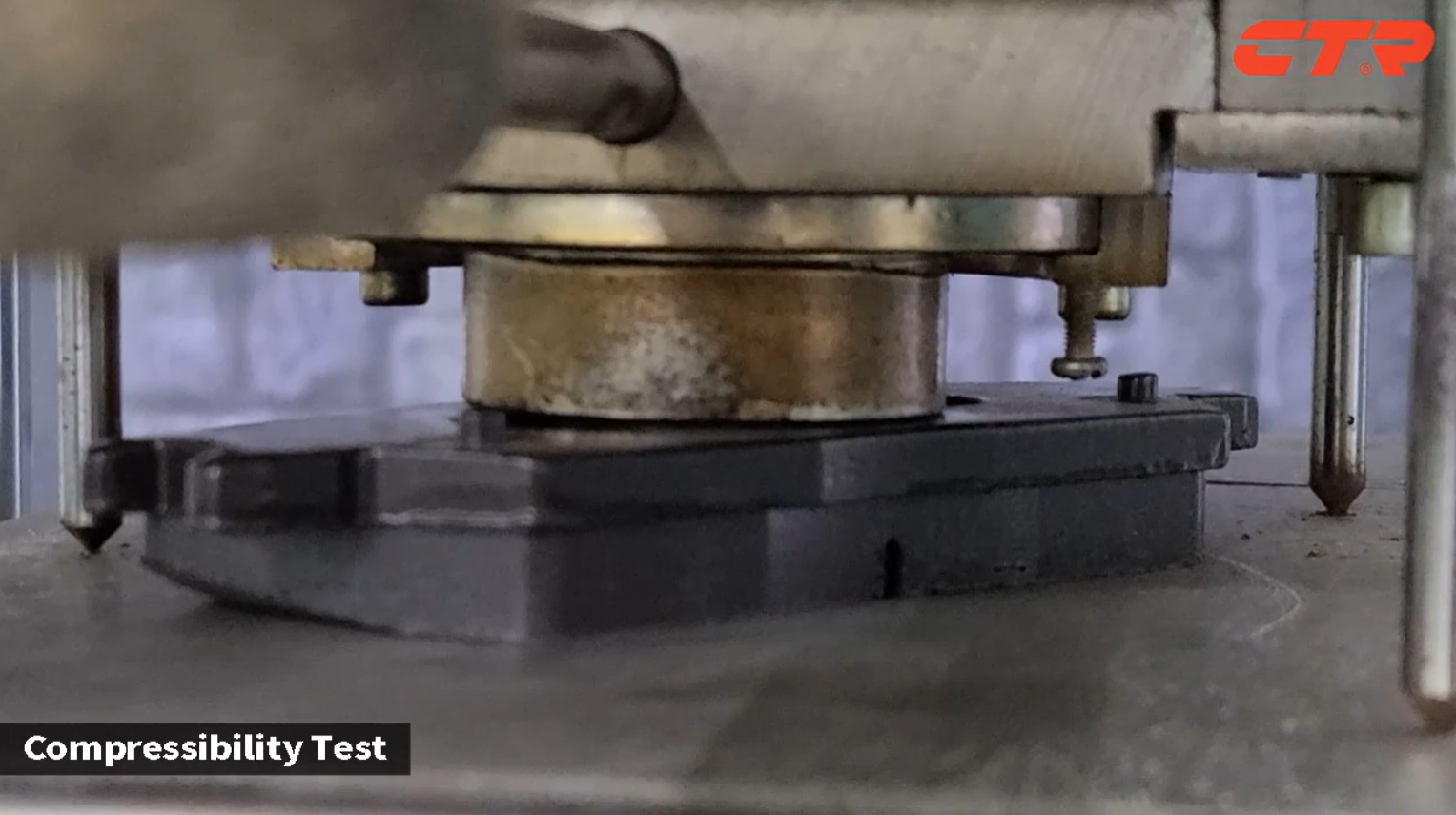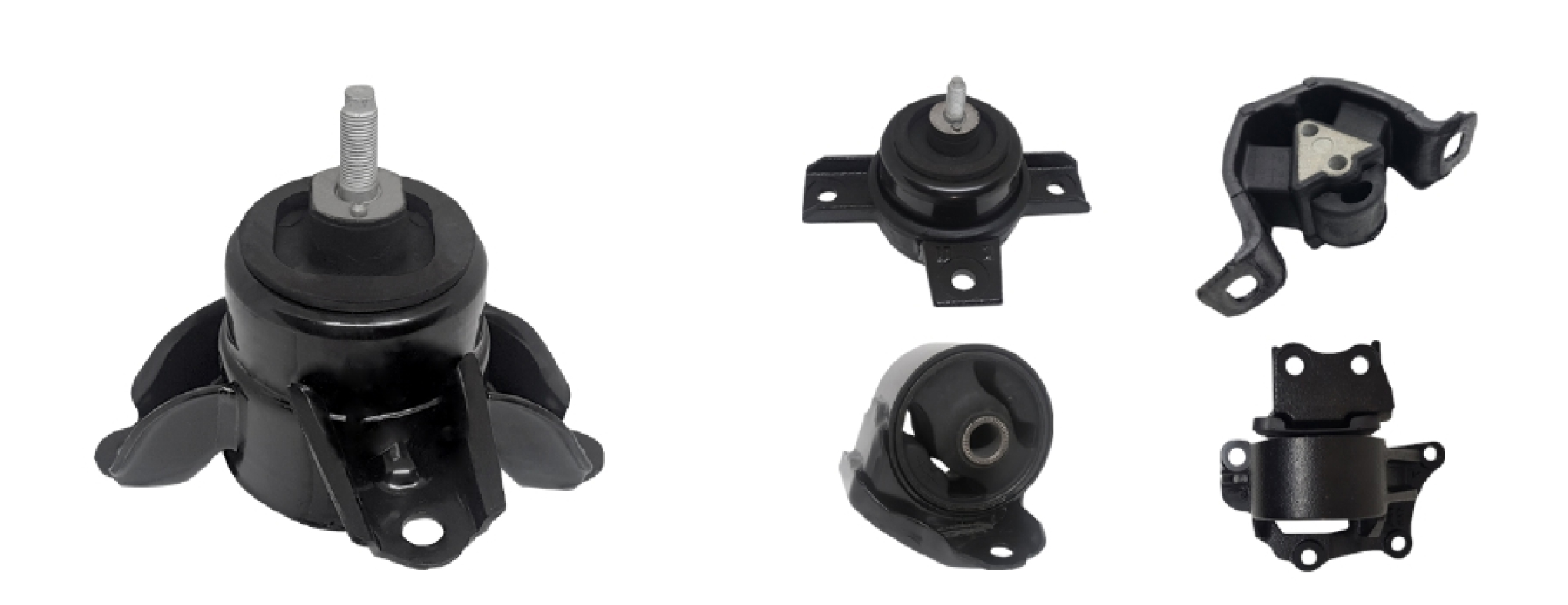
Stabilizer links, also known as sway bars, anti-roll bars, or drop links, connect the wheels of a vehicle, minimizing body roll and absorbing shocks. These links enhance durability and performance through features such as reinforced ball joints, high-quality rubber boots, and effective grease. They ensure a safe and comfortable ride, even when encountering potholes and uneven road surfaces.
Function
Stabilizer links serve as essential connectors between a car's suspension and stabilizer bar, facilitating the transmission of force. While they play a crucial role in encountering uneven terrain rather than normal roads, these links allow wheels to experience varying horizontal heights without the risk of the car overturning. Stabilizer links rotate to provide resistance, minimizing the height disparity and ensuring stable driving. Additionally, these links absorb the shock of the body when driving off-road or at high speeds around curves.

Structure
The stabilizer link, nestled within the suspension system, boasts a robust solid rod made of high-quality steel. It features threaded or ball joint connections for seamless integration with the stabilizer bar and suspension components. Cushioning bushings made of durable materials act as shock absorbers, while anchoring brackets ensure secure mounting to the vehicle's frame. This well-engineered structure effectively reduces body roll, absorbs impacts, and enhances overall stability providing a safer and smoother driving experience.
Types
|
Press Pit Type Press the polymer ball seat(assembled with ball stud) to the tube. |
Heat Swaging Type Heat up part of the polymer ball seat which is attached to the tube, and press to fasten. |
Full Plastic Type Plastic injection mold type. (steel ball stud included) |
Caulking Type Seals lower joints by rotating rollers. It has the heaviest weight, but also the highest durability |
3-1. Hybrid Stabilizer Link
Hybrid Stabilizer Links are designed with lightweight materials and efficient designs to improve fuel efficiency and minimize environmental impact.
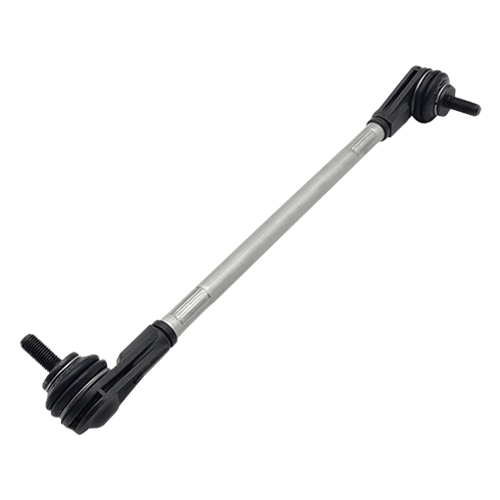
CTR’s Hybrid Stabilizer Links are provided as the premium line (Red Edition) to the market. Hybrid Stabilizer Links can be identified with the product code “PL.”
- Why CTR’s Hybrid Stabilizer Link?

- Rust-free materials
Stabilizer Links are always exposed to external substances on the road and face hazards of failure when overused. Hybrid Stabilizer Links use rust-free materials such as aluminum alloy and specially reinforced polymer to prevent failure due to pollution and damage.

- Double folding boot
Hybrid Stabilizer Links are also equipped with enhanced features, including double folding boots that allow for extra flexibility and less tension.
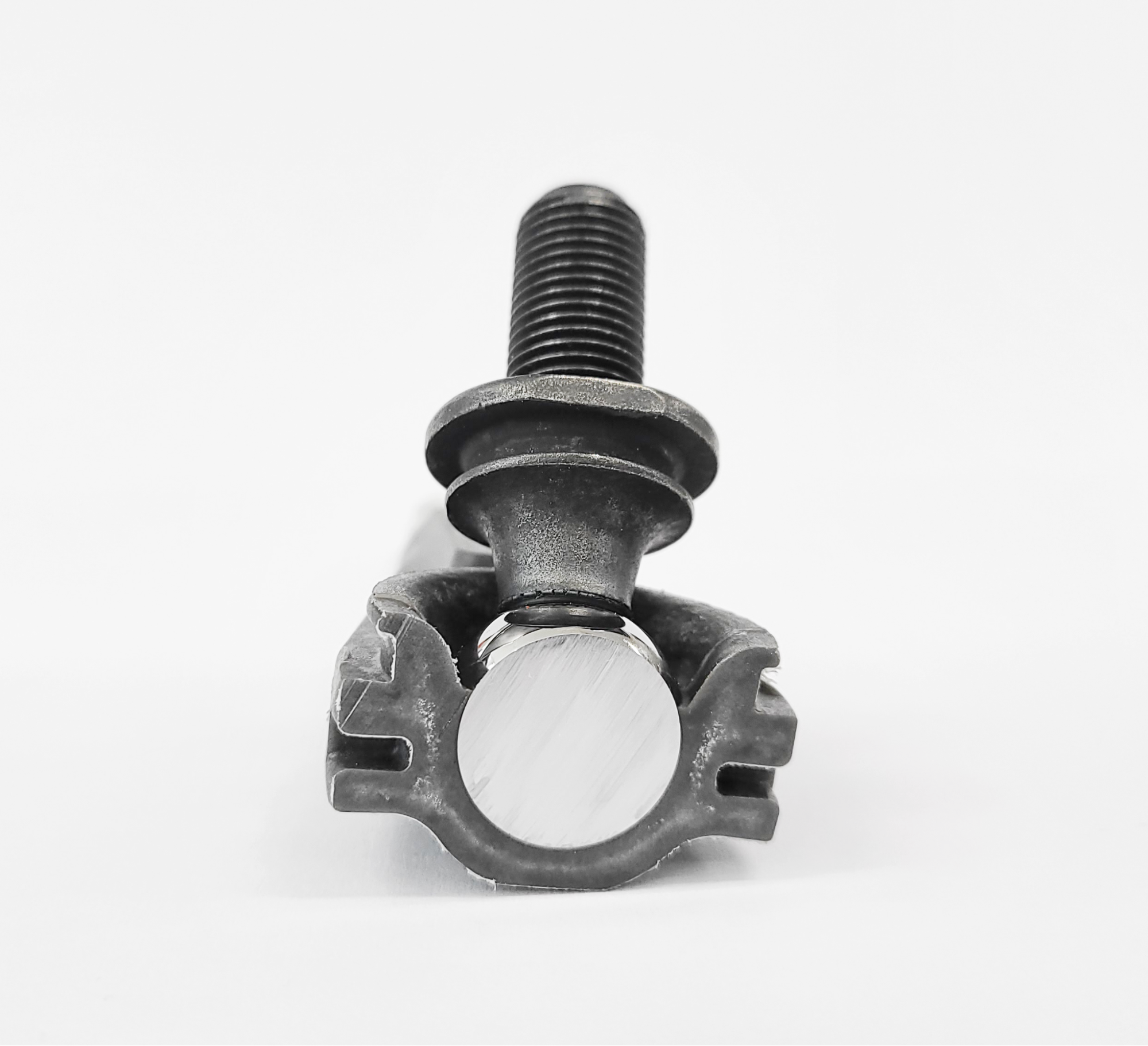
- Seamless bottoms
Some parts have small nipples on their bottoms due to the production process. Crafted with extra caution, Hybrid Stabilizer Links have seamless bottoms that prevent seal weakening. - Improved Performance
The structures of Hybrid Stabilizer Links are reinforced with details that bring about overall improved performance and durability.
Failure of Stabilizer Link
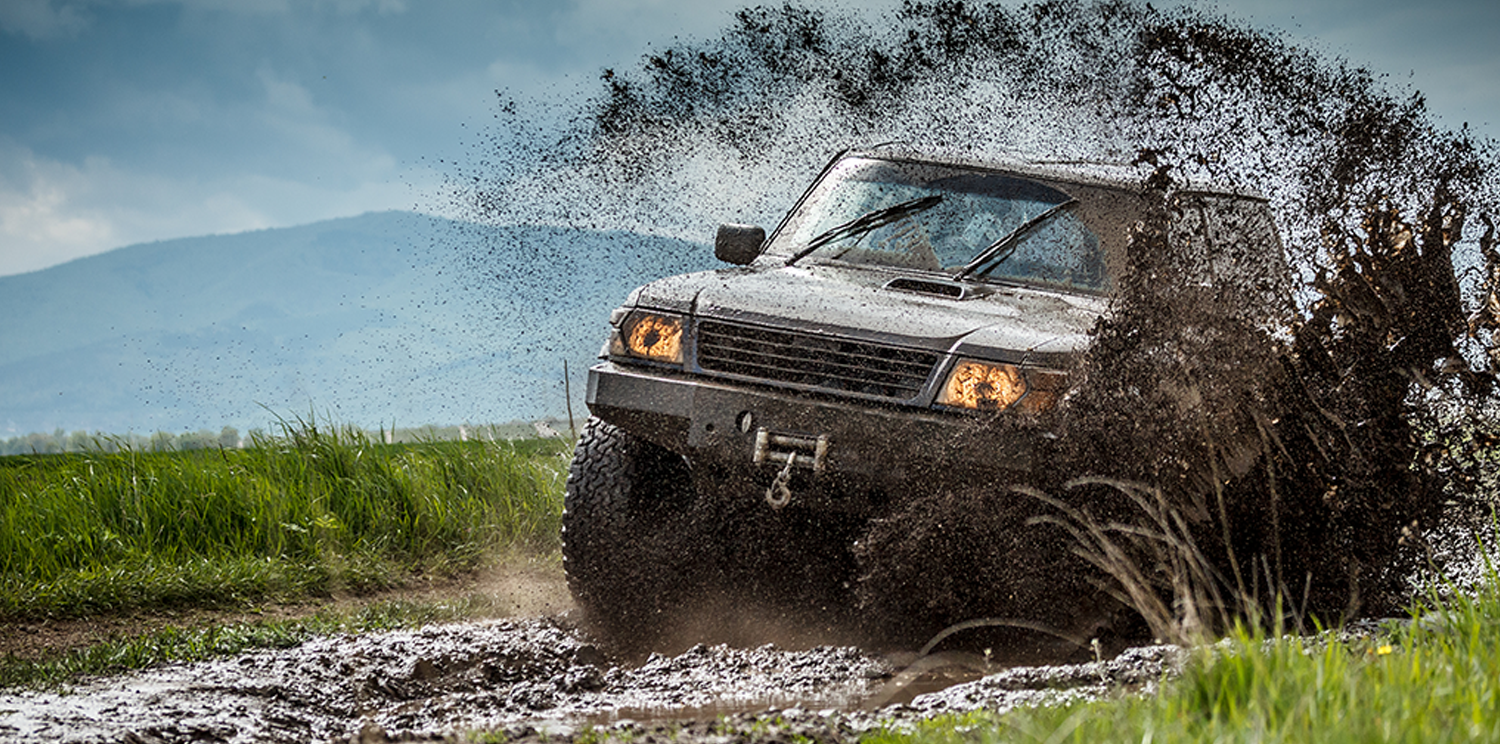
A bad stabilizer link can be caused not only by a long and bumpy ride but also by overloading. The stabilizer links are small parts, which makes it harder to stand heavy burdens than other parts. One other reason can be:
- Bushing Deterioration: The stabilizer link is connected to many other parts, and bushings are also on the list. Bushing is the most important part of absorbing shocks from the suspension system. When the bushing wears out, the strain applied to the stabilizer link can be added. Making sure old bushings get replaced right in time can reduce the bearing on the stabilizer link.
Symptoms of bad Stabilizer Links
Worn-out stabilizer bar links can result in symptoms like clunking or rattling noises from the tire area, poor handling, and a loose steering wheel. Additionally, failing stabilizer links can lead to increased body roll, compromised stability and handling, uneven tire wear, steering wheel vibrations, and the potential loss of stabilizer bar functionality. These issues have an impact on vehicle performance, safety, and comfort. To ensure optimal vehicle performance and safety, it is important to have a professional technician promptly inspect and address any problems with the stabilizer bar links.
CTR’s Stabilizer Link
CTR's stabilizer link stands out in the market with its durable rubber boot that protects the socket from dirt and water, and the electro deposition coating method also prevents rust and provides an excellent surface treatment polymer ball seat that minimizes friction damage. Also, It is specially designed to ensure long-lasting performance without the need for grease refills. CTR’s Stabilizer Links are introduced to the market after countless tests, making sure that all of the features written above are kept tight. Overall, our Stabilizer Link offers a reliable and convenient solution for maintaining a vehicle's suspension system.
Tests
CTR offers a comprehensive range of verification tests for stabilizer link - torque test, elasticity test, push/pull out test, buckling/tensile strength, wear/fatigue durability strength, environment durability strength, salt spray/corrosion test.
Check out how CTR’s product is tested!
- Torque test
- Elasticity test
- Push/pull out test
- Buckling/Tensile Strength
- Wear/fatigue durability strength
- Environment durability strength
- Salt spray/corrosion test


